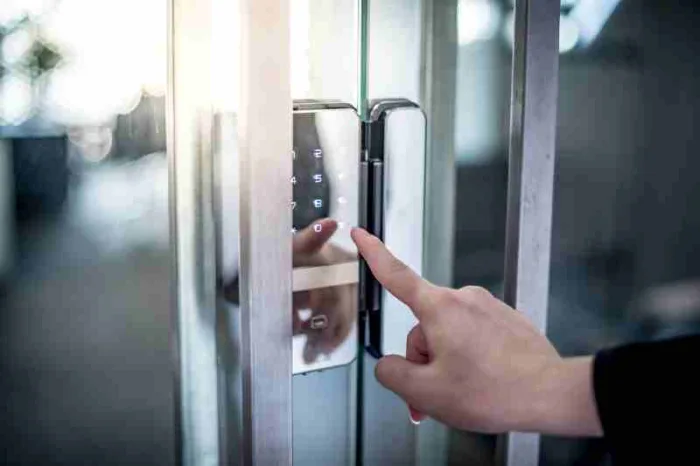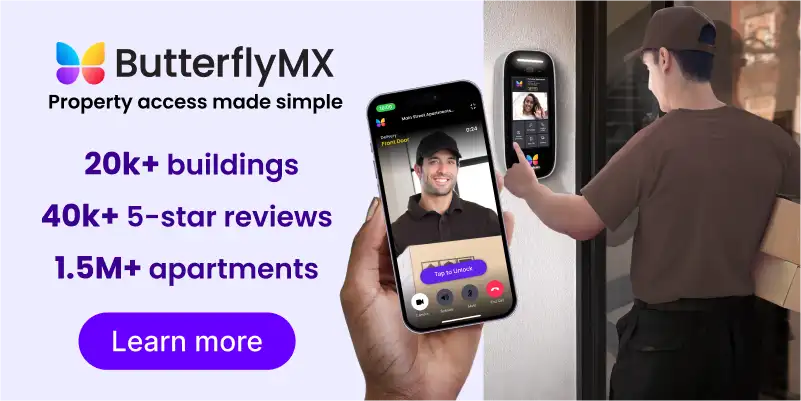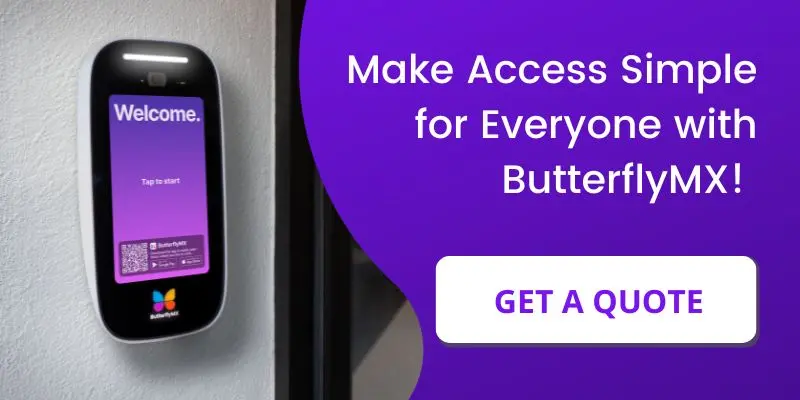Key takeaways
- A mantrap door is an access control system that’s composed of a set of interlocking doors.
- Mantrap security doors typically cost upwards of $30,000.
- Mantrap doors are secure because they prevent unauthorized individuals from tailing into a property and improve foot traffic.
- The best way to implement mantrap doors at your high-security building is with ButterflyMX.
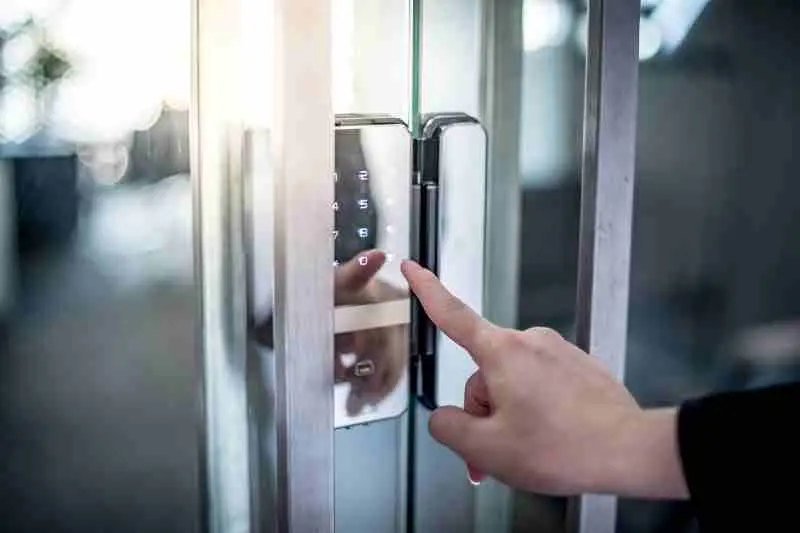
While the term “mantrap door” may lead you to believe it’s simply a door designed to trap people, it’s actually a sophisticated access control system. Mantrap doors enhance building security by regulating and monitoring the movement of individuals in and out of high-security environments.
Read on to learn what a mantrap door is and how it works. Then, explore the benefits and drawbacks of mantrap security doors. Finally, discover how to implement a mantrap access control at your property with ButterflyMX.
This post covers:
- What is a mantrap door?
- How do mantrap doors work?
- How much do mantrap doors cost?
- Use cases for mantrap security doors
- Advantages and disadvantages of mantrap systems
- How to implement a mantrap security door with ButterflyMX
What is a mantrap door?
A mantrap door, also known as a security booth or vestibule, is an access control system composed of a set of interlocking doors. To demonstrate, one of the doors is closed before the other one opens — temporarily “trapping” an individual before they’re granted access.
For this reason, mantrap access control is often used in high-security environments, like government facilities, hospitals, airports, and businesses.
How do mantrap doors work?
Mantrap security doors work by using an interlocking door as a barrier that prevents access to an individual until they present a valid credential. For example, this credential may be an access code, key card, key fob, or smartphone.
While the idea of being temporarily locked between two doors may seem scary, if an individual doesn’t present a valid credential, the exit door remains unlocked so that they can easily exit the property.
Learn how ButterflyMX works:
What type of physical control is a mantrap?
A mantrap is a type of physical access control system that’s designed to restrict and manage access to secure environments. So, they allow only one person at a time to pass through a set of interlocking doors.
The controlled space between these doors provides an opportunity for users to verify their identity. As a result, ensuring only authorized individuals are granted access to the property.
What is the difference between a mantrap and a double-entry door?
The main difference between mantrap security doors and double-entry doors is the purpose they serve. A mantrap is a security vestibule designed to control access to a secure area. In contrast, double-entry doors are equipped with two separate doors side by side.
So, a mantrap door system is designed to enhance security by controlling access to a property, while double-entry doors are generally used for convenience and can be opened simultaneously.
How much do mantrap doors cost?
Without factoring in installation and software costs, mantrap access control hardware usually costs upwards of $30,000.
What’s more, installing a mantrap system may require additional construction. Moreover, this usually involves knocking down walls or enlarging the doorway to accommodate the vestibule. So, this may lead to additional installation and construction costs.
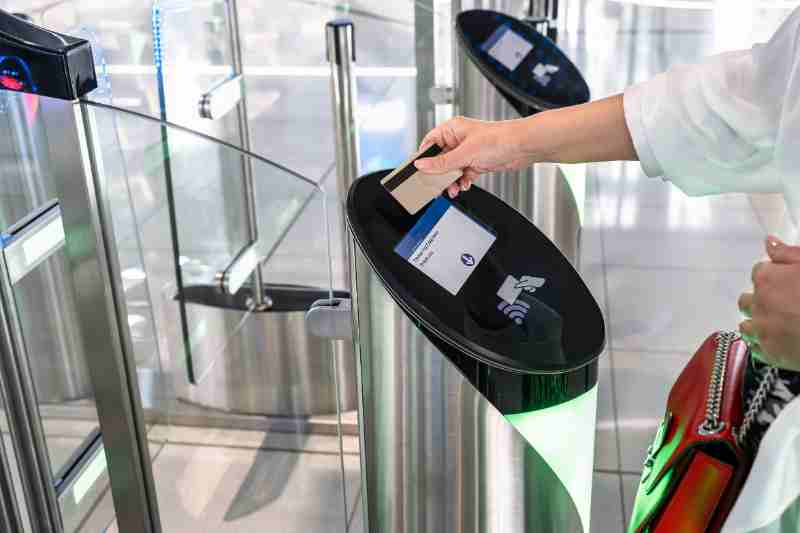
Use cases for mantrap security doors
Wondering what types of properties may benefit from the heightened security of mantrap systems?
Here are some use cases for mantrap security doors:
- High-security facilities. Mantrap systems are commonly used in high-security environments like data centers, government buildings, and research facilities.
- Financial institutions. Banks use mantrap access control to enhance security in areas with sensitive information, like cash handling rooms and vaults, where strict access control is crucial. Additionally, mantrap security doors are often paired alongside metal detectors to identify individuals with weapons.
- Healthcare facilities. Mantraps are often employed in healthcare settings to secure restricted access areas, like pharmaceutical storage rooms, labs, and patient record rooms.
- Airports. Mantraps help control access to secure areas at airports, ensuring only authorized personnel can enter control rooms or baggage handling areas.
- Corporate office spaces. In corporate settings, mantrap security doors control access to executive suites, server rooms, or areas with sensitive or proprietary information.
- Campuses. Mantraps are often utilized in educational institutions to secure areas containing sensitive data, like research facilities or administrative offices.
- Museums and galleries. Mantrap systems secure and protect valuable artifacts or exhibits.
Pro tip: If you equip your mantrap security door with an access control system like a video intercom, you can easily grant temporary access to service providers, delivery couriers, and more.
Advantages and disadvantages of mantrap systems
Considering upgrading your security system with a mantrap? Consider the pros and cons first.
Advantages of mantrap security doors
- Secure. Mantrap access control boosts security by preventing access to unauthorized individuals.
- Improve access control. Mantraps use access control systems like keypads, video intercoms, card readers, or biometric scanners to ensure that only authorized individuals enter a secured area.
- Prevents tailing. Only one individual can be granted access at a time. So this eliminates the risk of an unauthorized individual tailing someone into the building.
- Enhanced traffic management. Manage the flow of foot traffic in and out of a building, especially in high-security areas. In fact, this is particularly useful for maintaining order and efficiency.
- Customizable. Mantrap systems can be customized to suit the specific security needs of a facility. So, you can tailor the system for varying levels of security clearance. Additionally, you can add a door opening alarm to your mantrap door to enhance the security.
Disadvantages of mantrap security systems
- Costly. The equipment used for mantrap security doors is expensive to purchase and install. Not to mention, ongoing maintenance can quickly add up costs.
- Difficult to maintain. Mantrap systems, especially those with advanced components, may require regular maintenance to ensure proper functionality. So, malfunctions or breakdowns are inconvenient and can potentially cause security vulnerabilities.
- Requires user training. Individuals may need to be trained on how to properly use mantrap doors, especially if there are specific procedures to follow during entry and exit.
How to implement a mantrap security door with ButterflyMX
Because each mantrap security door has its own lock, there are two ways to wire and program a ButterflyMX intercom at a mantrap door.
Here are two ways to implement a ButterflyMX intercom at a mantrap security door:
- Choose to unlock both doors at the same time. To achieve this, take one relay at our intercom and wire it parallel to the lock by hooking up the two locks with one wire. As a result, this allows you to unlock both doors at the same time when the relay is fired.
- Program both doors to unlock at different times. To accomplish this, set a timer and program the doors to unlock at different times. In this case, you can set up the first door to unlock when a valid credential is presented. Then, you can program the second door to unlock after the first door opens to grant access to the building.
Our support team can help you program and customize the interlocking doors. That way, you can tailor your mantrap system to your property’s unique security needs.
What’s more, the ButterflyMX video intercom offers multiple ways to open doors for enhanced flexibility, versatility, and convenience.
More specifically, an individual can choose to open the mantrap security door with:
- A smartphone, using swipe to open or with 3D or haptic touch
- Through audio and visual verification from an employee
- Visitor Passes
- Apple Watch
- With a door PIN code
- By voice (using Alexa or Siri)
- Delivery pass
